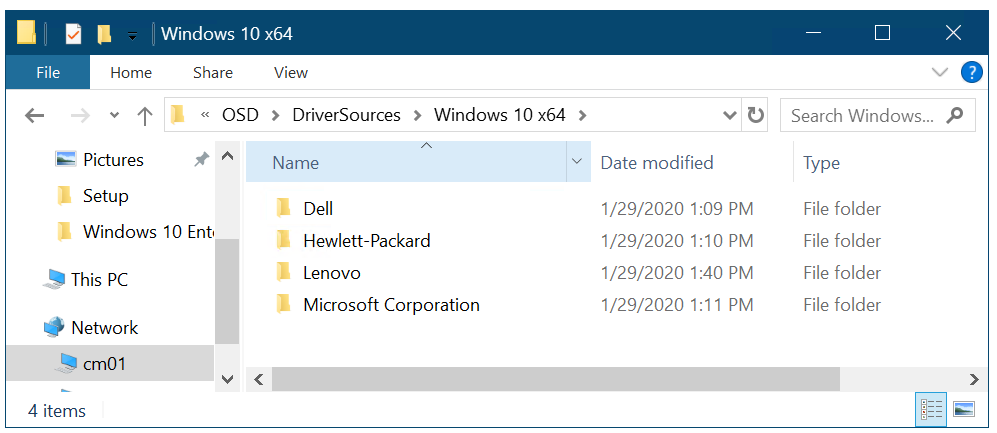

Microsoft windows driver support install#
For US$19.95, users were sent a set of 3.5-inch floppy diskettes that would install Windows 95 either as an upgrade to Windows 3.1x or as a fresh install on a clean computer. Cougar was to become Chicago's kernel.īefore the official release, the American public was given a chance to preview Windows 95 in the Windows 95 Preview Program. The first version of Chicago's feature specification was finished on September 30, 1992. Windows for Mobile Computing, based on "Panther"Ī new version of Windows built from the ground up as an operating system for servers and workstations. The 32-bit Windows subsystem that could run on top of "Cougar" implementing a subset of Windows NT's Win32 API, but a superset of the Win32s API. Next major release of real-mode MS-DOS, better integrating with WindowsĪ 32-bit protected-mode MS-DOS kernel based on Windows' 386 enhanced-mode kernel Upgrade to MS-DOS 5.0, adding third-party tools to surpass DR-DOS 6.0 in features. Microsoft's product plan looked as follows: The Chicago project was led by Brad Silverberg, who, at that time, was senior vice president of the personal systems division at Microsoft.
Microsoft windows driver support code#
MS-DOS 7.0 was in development at that time under the code name "Jaguar" and could optionally run on top of a Windows 3.1-based 32-bit protected mode kernel called "Cougar" in order to better compete with DR-DOS. Windows 93 would ship together with MS-DOS 7.0, offering a more integrated experience to the user and making it pointless for other companies to create DOS clones. Initially, the decision was made not to include a new user interface, as this was planned for Cairo, and only focus on making installation, configuration, and networking easier. So the development of Windows "Chicago" was started and, as it was planned for a late 1993 release, became known as Windows 93. Microsoft realized they needed an updated version of Windows which could support 32-bit applications and preemptive multitasking but could still run on low-end hardware (Windows NT did not). Simultaneously with Windows 3.1's release, IBM started shipping OS/2 2.0.

Cairo would be Microsoft's next-generation operating system based on Windows NT and featuring a new user interface and an object-based file system, but it was not planned to be shipped before 1994 (Cairo would eventually partially ship in July 1996 in the form of Windows NT 4.0, but without the object-based file system, which would later evolve into WinFS). At this time, Windows for Workgroups 3.1 and Windows NT 3.1 were still in development and Microsoft's plan for the future was focused on Cairo. The initial design and planning of Windows 95 can be traced back to around March 1992, just after the release of Windows 3.1. Some three years after its introduction, Windows 95 was succeeded by Windows 98. It also had the effect of driving other major players (including OS/2) out of business, something which would later be used in court against Microsoft. In the marketplace, Windows 95 was a major success, and within a year or two of its release had become the most successful operating system ever produced. There were also major changes made at lower levels of the operating system, such as moving from a mainly 16-bit architecture to a pre-emptively multitasked 32-bit architecture. It featured significant improvements over its predecessor, Windows 3.1, most notably in the graphical user interface (GUI) and in its relatively simplified "plug-n-play" features. Windows 95 integrated Microsoft's formerly separate MS-DOS and Windows products. During development, it was referred to as Windows 4.0 (Windows 4.00) or by the internal codenames Cougar and Chicago. It was released on Augby Microsoft as part of its Windows 9x family of operating systems, and was a significant progression from the company's previous Windows products. Windows 95 was a consumer-oriented graphical user interface-based operating system built on top of MS-DOS. Mainstream support ended on DecemExtended support ended on December 31, 2001


 0 kommentar(er)
0 kommentar(er)
